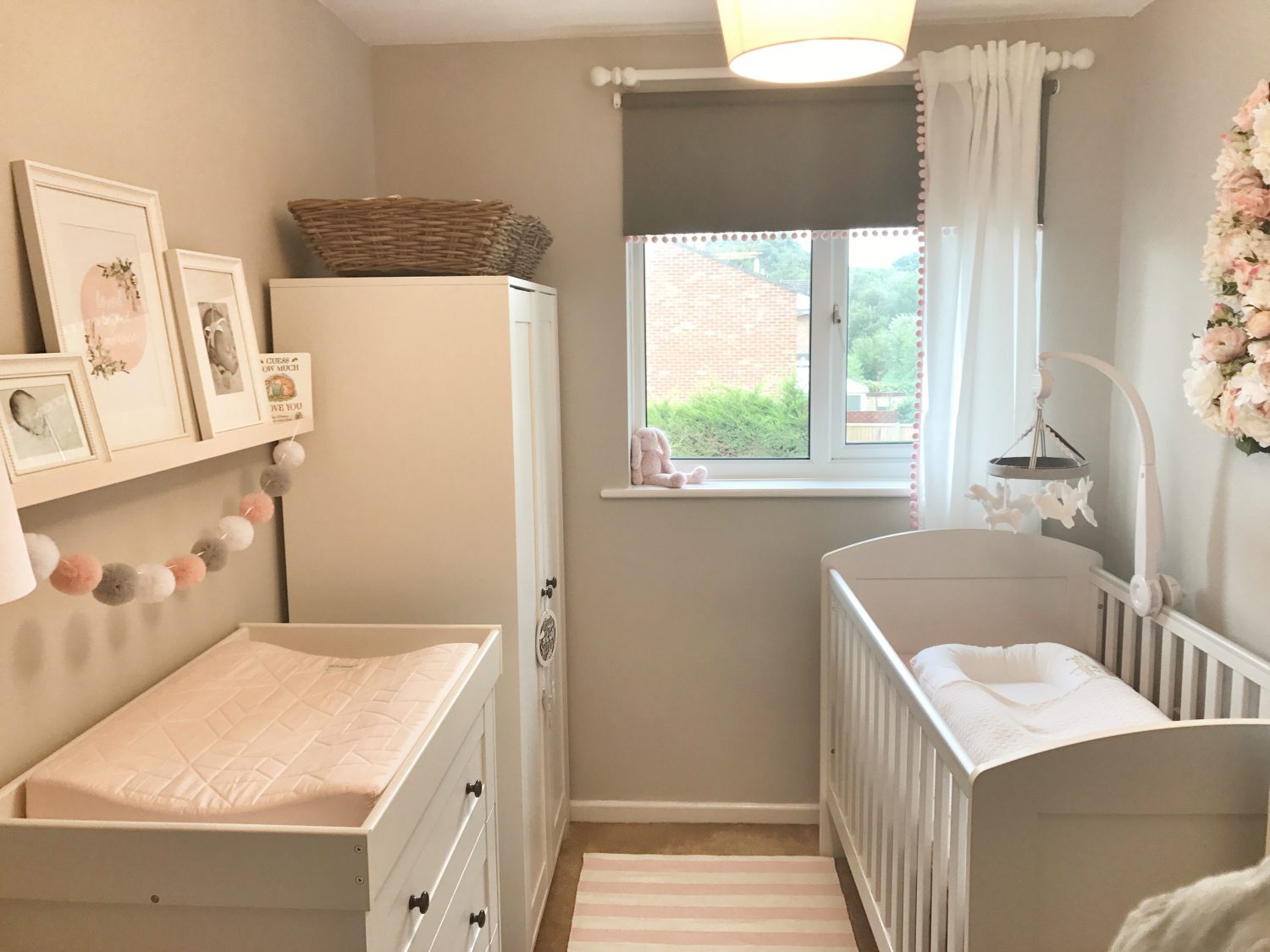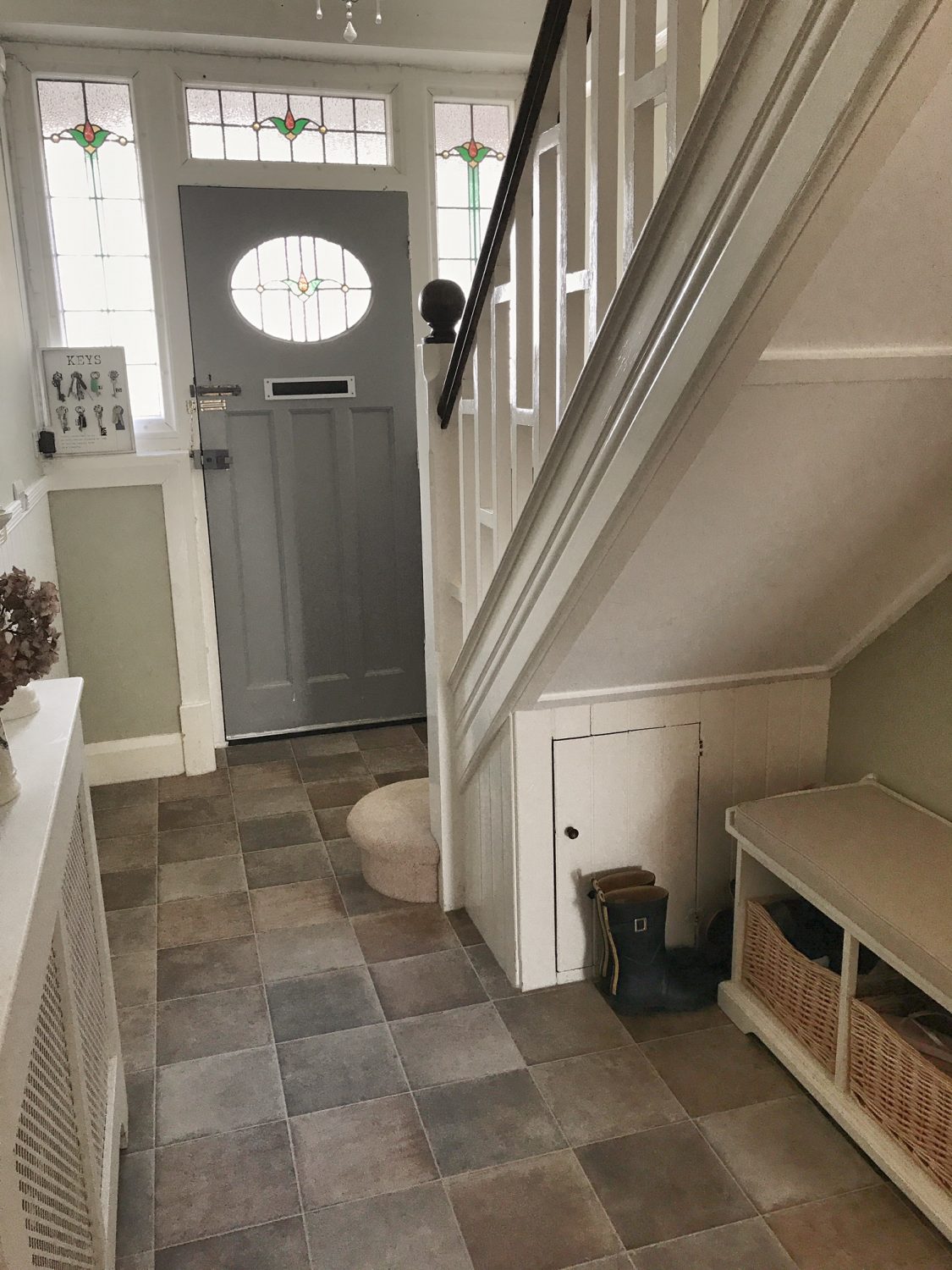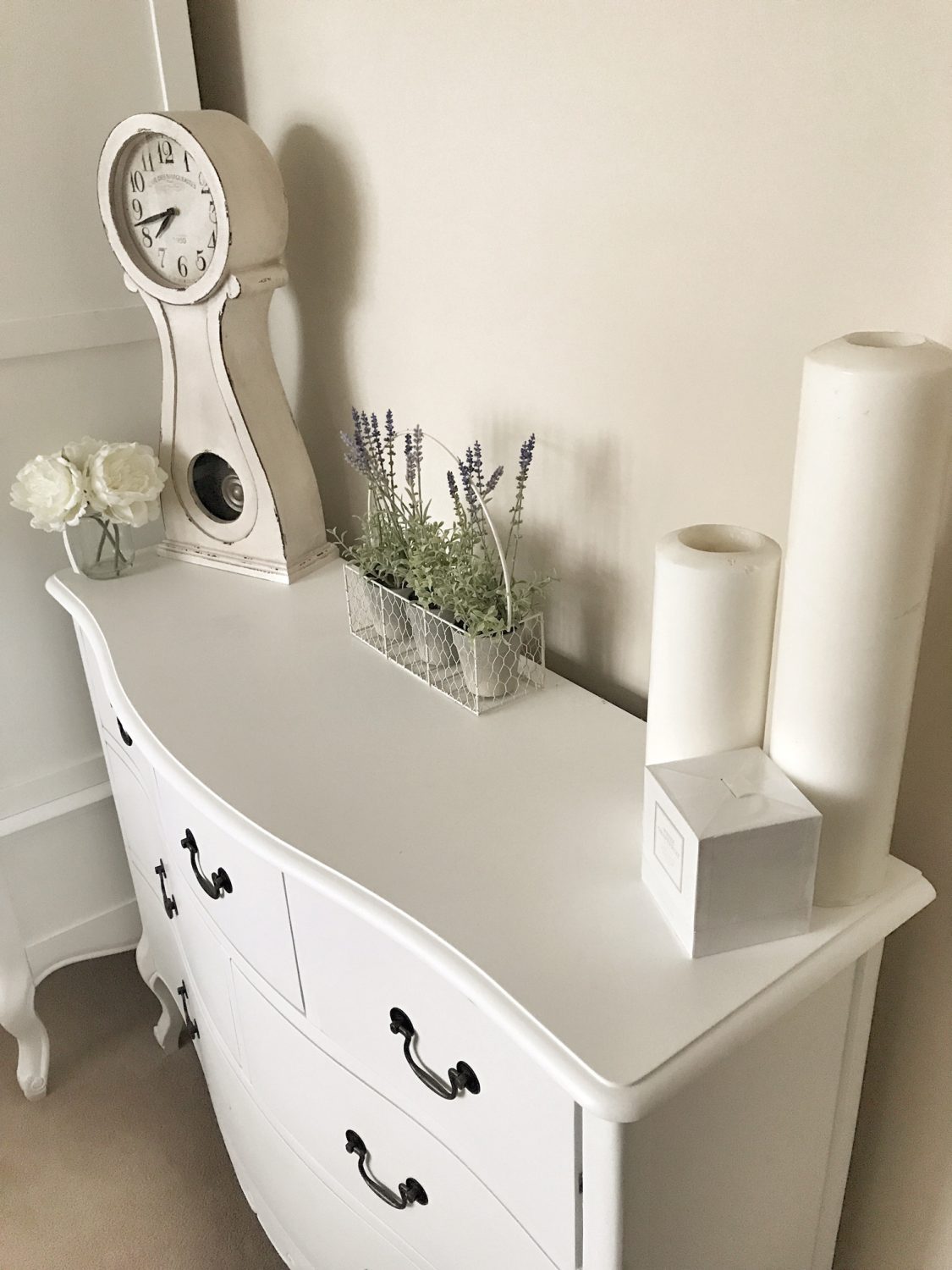
Most of us could do with having more space in our homes. If your property feels particularly poky and you’re struggling to find the room to store things, here are some ways that you can free up a little more space.
Convert –
Do you have a loft? Is it currently full of unused clutter? Clearing out this room and converting it into a liveable space could be a way of making your home less poky. You could convert the attic into another bedroom or an office or even a giant walk-in wardrobe. It could be a place for storing books or computers or musical instruments or clothes.
Another option could be to convert an unused garage into another room. This could become an office or a workshop or another living room or a dining room or even a utility room.
Converting a room will cost less than extending and could up the value of your home dramatically. You’ll need to fit electrics, suitable insulation and decent flooring for it to be deemed liveable. Loft conversions are generally more costly than garage conversions – when making it a liveable space, you may need to raise the roof in order for the ceiling to meet legal height requirements, or you may need to install a staircase so that there’s an easy-access fire escape. Improvements such as raising the roof are likely to require planning permission.
Extend –
If you have the outdoor space and permission to extend, extending could be the perfect way of adding more space, albeit the most expensive. There are various extensions that you could consider such as conservatories or even carports. These will all up the value of your home and whilst they’ll cost more than a conversion, you’ll have more freedom to create the space you want.
Go open plan –
Removing a few interior walls and going for an open-plan layout could help to make your home feel less confined. The most common example of this is knocking down a wall between a kitchen and a lounge to create one large living space. Those with a separate bathroom and toilet room may also consider knocking these into one room. Knocking down walls between bedrooms to create one giant bedroom isn’t advised as it will devalue your property by taking away a bedroom.
Removing an interior wall generally shouldn’t be undertaken as a DIY job. There could be electrics and plumbing in the wall that needs to be worked around or relocated. Many downstairs walls will be load-bearing, in which case you may only be able to get away with a cut-out. A construction company will be able to advise you as to what to do.

Store vertically –
If you don’t want to spend too much money or disturb any masonry, rethinking your storage methods could be a way of adding more space. To maximise floor space, storing more things vertically could be worthwhile. Chests and bureaus may protrude a lot – shelving cabinets could be a better option. Hooks on a wall could also help substitute a coat stand.
Meanwhile, to free up countertop space in the kitchen, consider hanging things on the wall. Rather than having a knife racks, you could opt for a magnetic knife rack on the wall. Such a strategy can also be used to stop windowsill or bathtub clutter in a bathroom – an extra cabinet or wall mounted basket could be the answer.
Also consider items that could be propped up vertically instead of horizontally. Many bike-owners will get hooks fitted to their garage or shed wall so that they can hang it up vertically. You may be able to store items vertically in a cupboard like this such as collapsible desks or chairs. In Japan, minimalists have gone the extra mile by even tucking away their mattress vertically in a cupboard when they don’t need it.
Buy multi-purpose furniture –
There are lots of dual purpose furniture types out there that could help to free up space. Take your living room sofa as an example. Do you need a spare bedroom, or could you make do with a sofa-bed for guests? Other sofas have inbuilt storage beneath them that could be useful for storing remotes, magazines, DVDs, video games and other living room clutter.
Many modern beds come with inbuilt storage beneath them that could reduce the need for extra cabinets. For children, you could even buy a raised bed with an in-built desk and wardrobe underneath. Items such as footstalls and coffee tables can also double up as storage. And then of course there are multi-purpose appliances such as fridge-freezers, washer-dryers, light-aroma diffusers and even vacuum-cleaner/steamers.
Buy collapsible furniture –
Collapsible furniture could be a way of freeing up more space in your home. These work much like an ironing board and can be stored away when you don’t need them. If you don’t have a dining room, you may be able to keep a collapsible table and chairs that can be stored in cupboard somewhere and brought out to be set up in the living room when you have guests. You could do the same with an office desk, if you’ve got a laptop and don’t like propping it on your knees. Some people even go so far as to buy collapsible beds. If you live in a bedsit this could free up a huge amount of floor space.
Stack items –
Items of the same shape can often be neatly stacked or tessellated to save room. A good example could be dining room chairs – buying a set that stack neatly together could allow you to store them in the corner of a room when you don’t need them.
In the kitchen, there are lots of items that can be stacked, as long as stick with a set. A set of pots of pans can usually be stacked together. Drinking glasses and plates can similarly be stacked this way providing they’re all the same shape. Of course these are commonplace stacked items and there are many specialist items out there such as stackable mugs and even stackable wine glasses.

Upsize your wardrobe –
Buying a bigger wardrobe is always a dangerous move, as it could encourage you to just stuff it with more clothes. However, if your current wardrobe is full as it is and you can’t bear to get rid of anything, buying a bigger wardrobe is a better solution than buying another wardrobe. Those that don’t hoard clothes can still benefit from a bigger wardrobe – a wardrobe with in-built drawers could allow you to get rid of your chest of drawers, freeing up room in your bedroom.
Embrace mirror magic –
Mirrors won’t add physical space to your home, but they could help create the illusion of space if your home feels poky. A big mirror could make a tiny en-suite bathroom feel slightly less claustrophobic by making the room feel twice as big. Mirrors can also be used in small bedrooms to make them bigger.
Rather than buying a separate mirror, you could consider using dual purpose furniture. For example, a mirrored wardrobe could be an option (or a wardrobe with a mirror on the inside of the door if you don’t want to wake up to your reflection). Chrome steel in a kitchen can also have a mirror effect. If anything mirrors will let in more light to a small gloomy room.
Declutter –
Is your home too small? Or do you simply have too much stuff? Whilst adding new space and experimenting with storage solutions can go a long way to making your home roomier, those with hoarder tendencies may be tempted to simply fill up this new space with more possessions. A brutal clear-out could be what’s needed to truly add more space to your home.
You should try to take an organised approach to decluttering. Go through your home one room at a time, starting with the worst room – which is likely to be the bedroom. Books can be donated or sold for money. Meanwhile, throw any cosmetics you don’t need in a trash bag. Anything unopened can be sold.
The wardrobe is often the hardest decluttering job. One approach could be the Oprah Winfrey coat hanger method. This involves rearranging all the hangers so that they’re all facing towards you. Every time you wear a piece of clothing, put it back in the wardrobe with the hanger facing the other way. After six months, look back in your wardrobe – the clothes with the hangers still facing you are clothes you haven’t worn in that period and are therefore the clothes you should throw out (doing this method for a year might help accommodate for summer and winter clothing!).
Don’t forget to tackle non-liveable spaces too. Attics, garages and sheds that are just used for storing clutter may require hiring a skip. If you think you’ll be too tempted to cling onto things, try getting a family member or friend to help sift through your possessions. They may be able to rationalise with you and convince you to throw out things you realistically don’t need.
Love,

*This is a collaborative post
